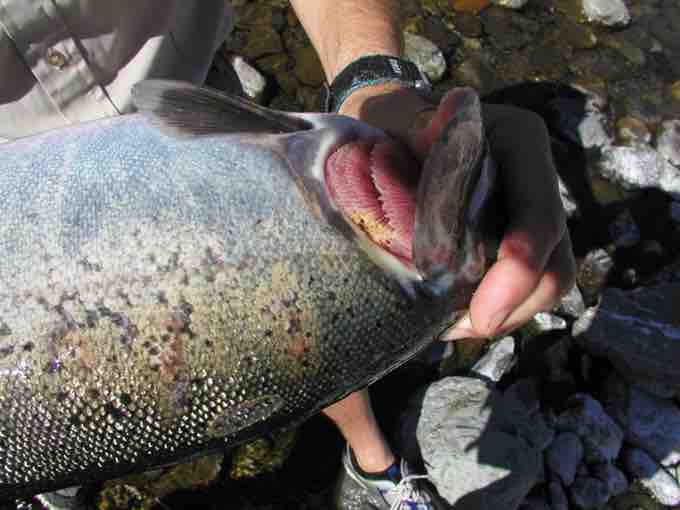Cytophaga represent gram-negative, gliding, rod-shaped bacteria. The bacterial gliding is a form of locomotion utilized by Cytophaga that allows the bacteria to move under its own power. In this specific type of locomotion, the exact mechanisms are unknown, but it is known that this process does not require a flagella. However, a few mechanisms have been partially identified in certain species that utilize the gliding locomotion and these include the use of a type IV pili, the use of focal adhesion complexes distributed through the body, and the use of a polysaccharide slime that is ejected from one the ends of the body. Gliding can also be found in bacteria that are categorized as cyanobacteria and myxobacteria.
Cytophaga include the following species: Cytophaga columnaris, Cytophaga johnsonae, and Cytophaga psychrophila. The Cytophaga columnaris, also referred to as Flavobacterium columnare or Bacillus columnaris, are responsible for the columnaris disease in salmonid fish. Columnaris disease is characterized by the presence of ulcerations on the skin and the development of fungus-like patches on the gill filaments. This disease is highly contagious and fatal due to the damage of the gills . The Cytophaga johnsonae, or Flavobacterium johnsonae, are associated with false columnaris disease which is similar to columnaris disease and characterized by the presence of damage at the gills. Lastly, the species Cytophaga psychrophila, or Flavobacterium psychrophilum, is responsible for causing bacterial cold water disease (BCWD) in salmonid fish. The disease occurs at subnormal water temperatures and results in lesions on the skin and fins. The Cytophaga species are now referred to as Flavobacterium due to further characterization and change in phylogeny.

Columnaris disease
An image of a chinook salmon that has been infected with Cytophaga columnaris and has lesions and ulcerations on the gill.